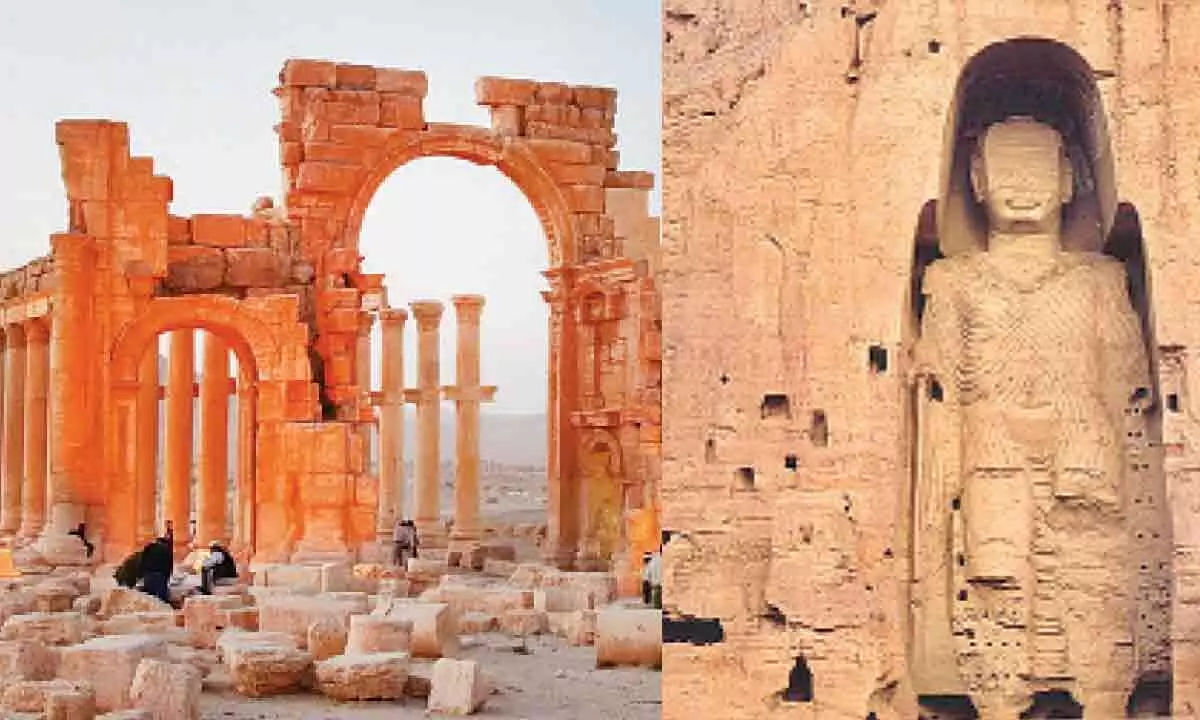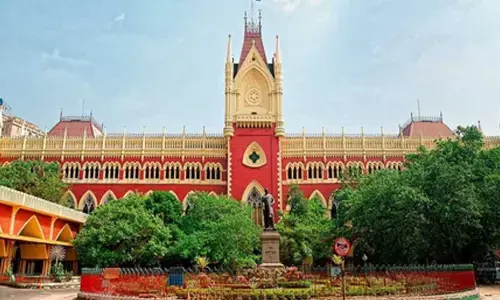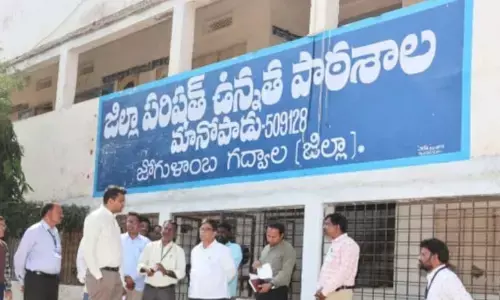Preserving Our Cultural Heritage in the Face of Disaster: A Call to Action

Cultural heritage, both tangible and intangible, is a crucial part of our identities and history.
Cultural heritage, both tangible and intangible, is a crucial part of our identities and history. However, it is constantly susceptible to natural disasters, such as earthquakes, floods, wildfires, and hurricanes, and also man-made disasters which can cause irreparable damage to historical sites, artifacts, and traditions. This loss not only damages physical structures but also erosion of collective memory and disruption of generational continuity. Proactive steps are needed to safeguard cultural heritage.
The 2012 American science fiction disaster film, directed by Roland Emmerich, features the preservation of the original Monalisa painting in an ark. The film showcases Yellowstone National Park, a UNESCO Heritage site, as the core of the Greater Yellowstone Ecosystem, one of the last and largest nearly intact natural ecosystems. Yellowstone has the most active, diverse, and intact collections of combined geothermal features, with over 10,000 hydrothermal sites and half the world’s active geysers. The director emphasizes the importance of preserving the art collection for future generations.
Some of the recent natural disasters around the world which had a serious concern for damage of Heritage sites were the eruption of Mount Vesuvius in 79 AD buried Pompeii, preserving it for centuries but causing significant damage to buildings and artifacts. In 2019, a fire devastated the Notre Dame Cathedral in Paris, highlighting the vulnerability of iconic structures to natural disasters. The 2015 Nepal earthquake caused widespread damage, including the destruction of several UNESCO World Heritage Sites. Hurricanes, like Hurricane Katrina in 2005, also cause significant damage to coastal communities, causing homes, businesses, and cultural landmarks to be destroyed. These natural disasters have had a significant impact on the preservation of historical and cultural heritage, particularly in the context of natural disasters.
The Taliban’s 2001 dynamited dynamite of two ancient Buddha statues in Bamiyan, Afghanistan, is a significant cultural loss. The Syrian Civil War saw ISIS militants destroy numerous temples and tombs in Palmyra, a UNESCO World Heritage Site. The 1945 Allied bombing of Dresden, Germany, led to widespread loss of life and cultural heritage. Libraries and museums have been targeted for destruction throughout history, resulting in the loss of irreplaceable books, manuscripts, art, and artifacts, causing a significant blow to cultural heritage. These incidents have been condemned by the international community.
Natural and man-made disasters can significantly impact cultural heritage, affecting individuals, communities, and the world as a whole. Both are predictable with the latest technology advancement. Natural diasters will unearth the heritage but manmade destruction will completely eradicate the history. These losses can significantly impact community identities, traditions, and economics. It is crucial to raise awareness of these issues and work to protect cultural heritage from future disasters. Many organizations are working to document and preserve cultural heritage at risk, develop disaster preparedness and recovery plans, and ensure its preservation for future generations. By working together, we can ensure that cultural heritage is preserved for future generations. It is essential to raise awareness and work together to protect cultural heritage from future disasters. In 2003, a fire destroyed the National Museum in New Delhi, highlighting the vulnerability of cultural heritage to unforeseen disasters and the urgent need for improved preservation measures. Cultural destruction in medieval India has been driven by political, religious, or social motives, with notable examples including the siege of the Somnath Temple (1026) and the destruction of Nalanda University (1193). Rulers from different religions often defaced or destroyed religious sculptures, leading to the erosion of cultural identity and traditions of minority groups. Books and manuscripts were often burned or destroyed during periods of conflict or religious intolerance, resulting in the loss of valuable knowledge and literary works. Forced conversions and cultural assimilation also led to the erosion of minority groups’ cultural identities and traditions. Architectural heritage was often neglected and decayed due to lack of proper maintenance or political priorities, leading to the gradual disappearance of valuable architectural heritage. Urban development and encroachment also led to the irreversible loss of valuable cultural heritage. It is crucial to acknowledge and learn from these events to ensure cultural heritage is protected and preserved for future generations.
Key strategies for preserving our cultural heritage during disasters
Cultural heritage sites and artifacts require comprehensive risk assessment and mitigation measures, including historical data analysis, geological surveys, and climate change projections. Disaster preparedness plans should be developed, outlining emergency response procedures, evacuation protocols, and recovery strategies. Mitigation measures include structural reinforcements, fireproofing, and floodproofing, as well as diversification and digitization to ensure preservation. Community engagement and capacity building are essential, with workshops, educational programs, and outreach initiatives promoting awareness about cultural heritage preservation. Training and skill development are crucial for local communities, while cultural resilience initiatives foster a strong sense of cultural identity.
International cooperation and collaboration are essential, with best practices from other countries and resource mobilization for developing countries. Strengthening international legal frameworks like the World Heritage Convention and the Hague Convention for the Protection of Cultural Property in the Event of Armed Conflict can ensure better protection during emergencies. Technological advancements, such as remote monitoring using satellite imagery and drones, digital preservation using 3D scanning and virtual reality, and AI-powered tools, can also aid in risk analysis, damage assessment, and cultural heritage documentation, leading to more efficient preservation efforts. Preserving our cultural heritage is a collective responsibility that requires comprehensive risk reduction strategies, community empowerment, international cooperation, and technological advancements. This ensures the preservation of irreplaceable legacies, the preservation of identity and collective memory, and the continued resonance of past voices through the ages.
(Dr. Harsha Bhargavi Pandiri, Assistant Director, Telangana State)















